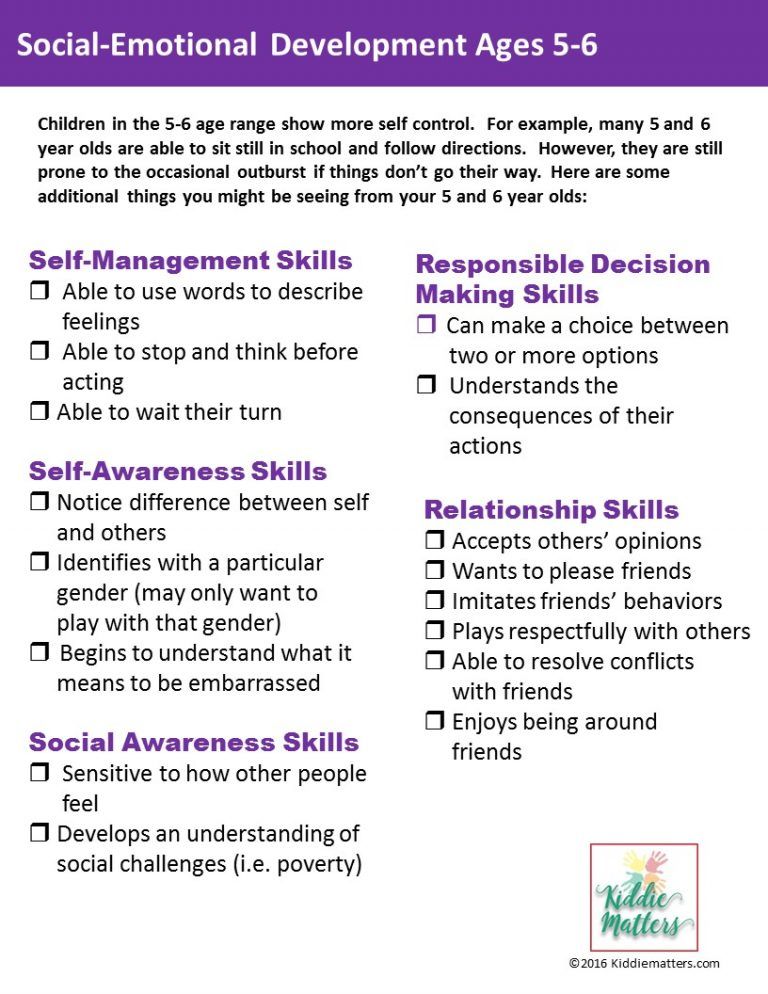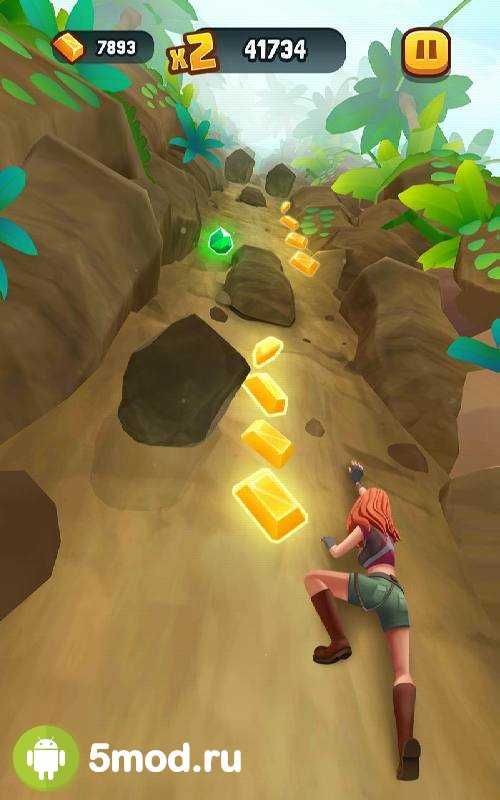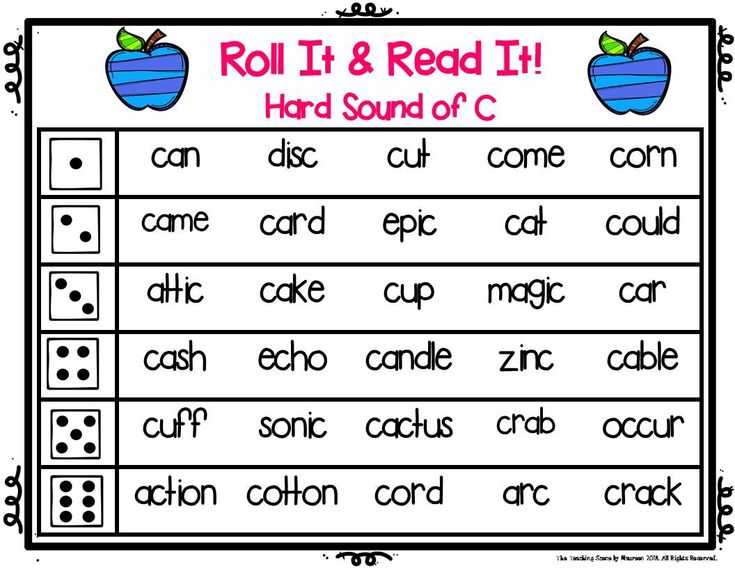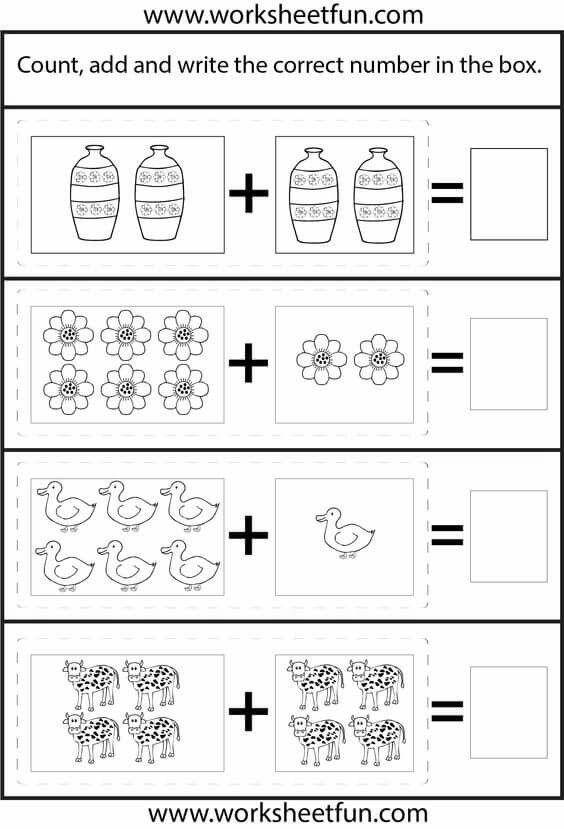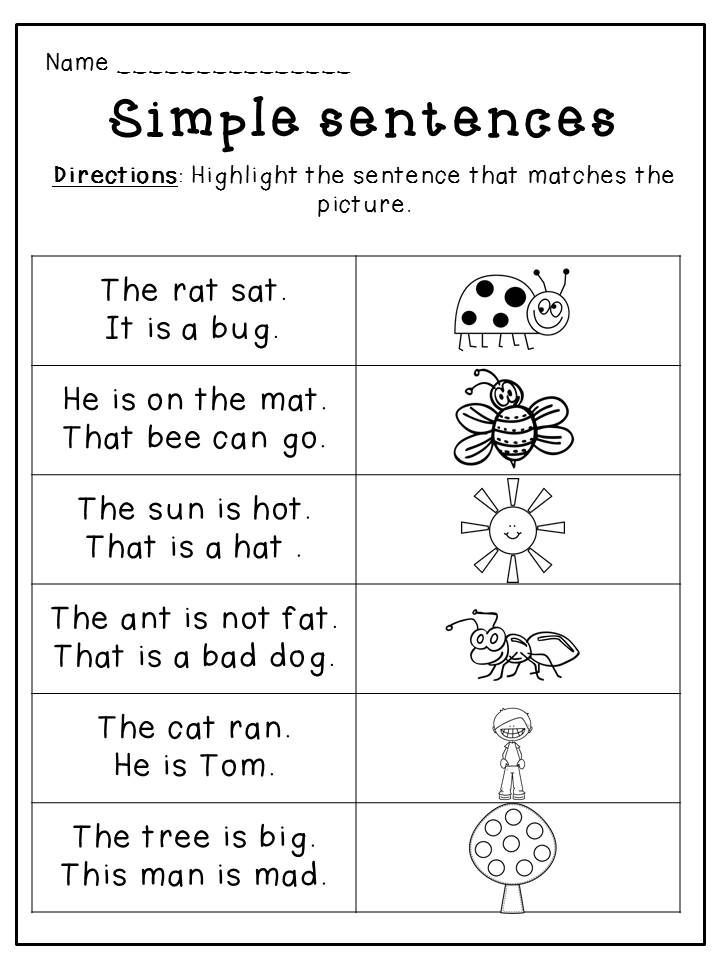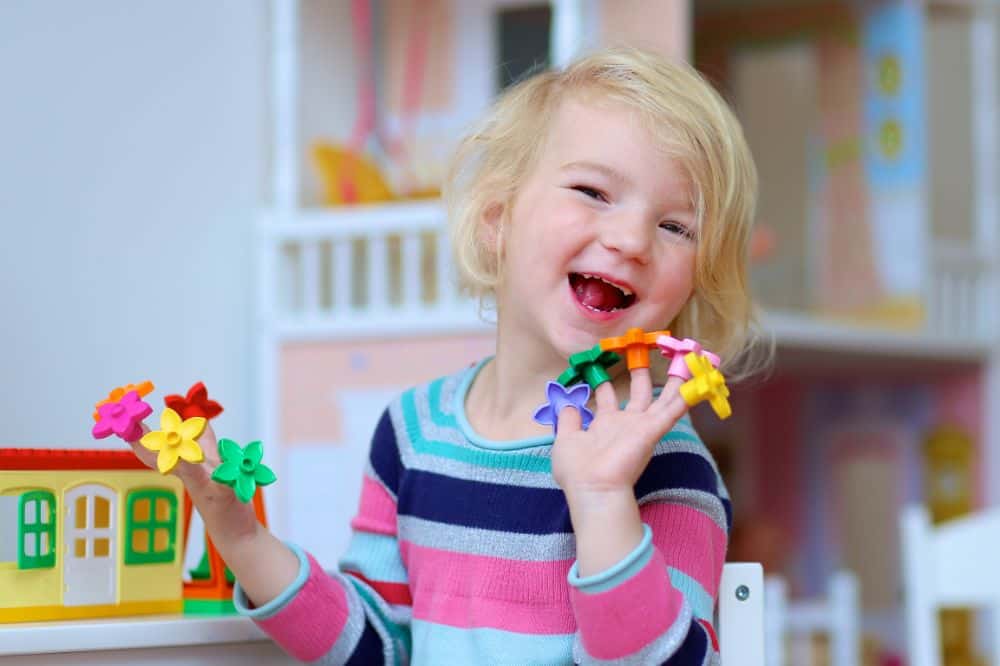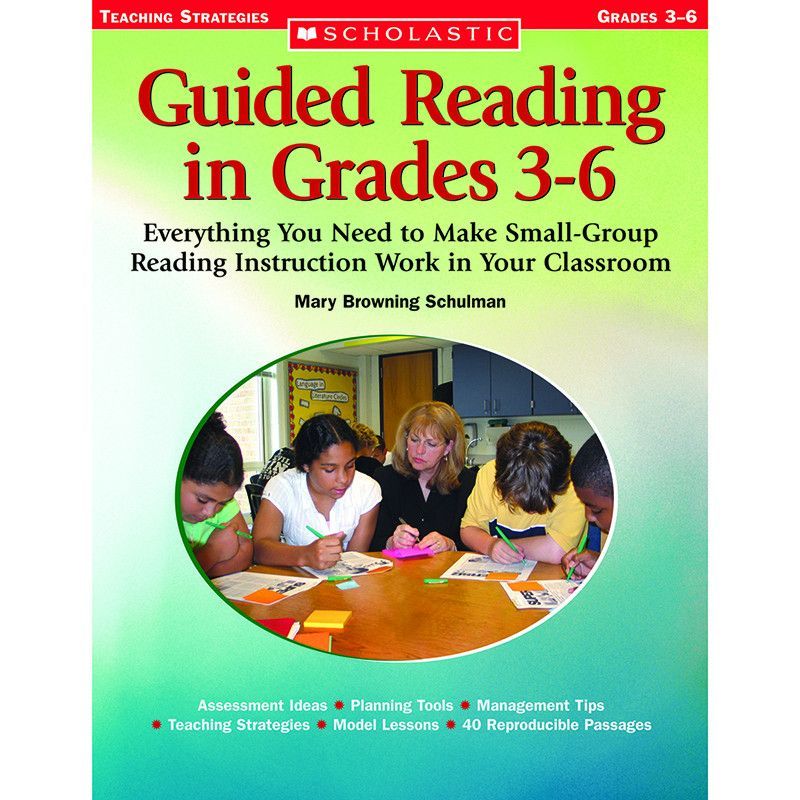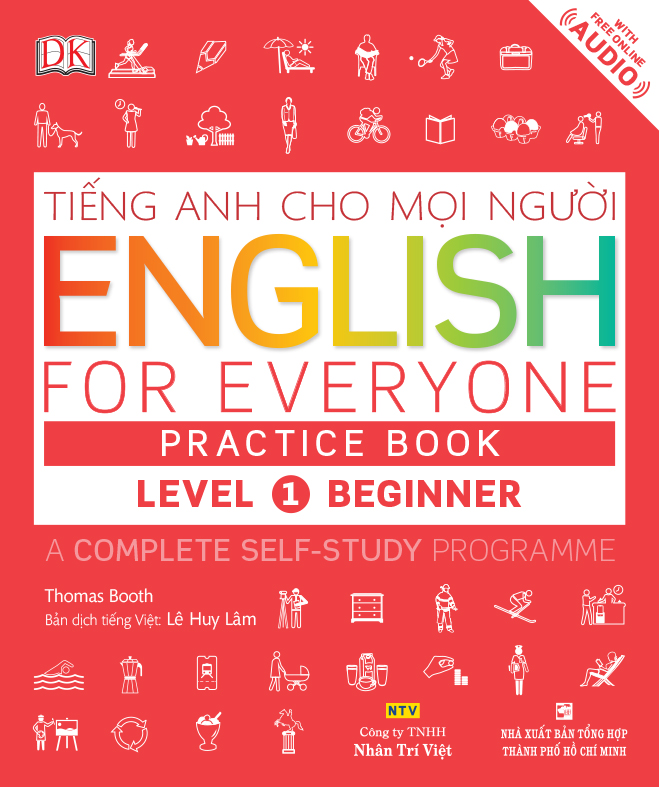Social emotional checklist for kindergarten
Social Emotional Developmental Checklists For Kids and Teens
A child’s social emotional development plays a huge role in their ability to find success in school and also later on in life.
According to the Collaborative for Academic, Social and Emotional Learning (CASEL), children’s social and emotional development is important because it lays the foundation for how they learn to
… understand and manage emotions, set and achieve positive goals, feel and show empathy for others, establish and maintain positive relationships, and make responsible decisions.”
I created a series of social emotional developmental checklists to help parents, educators, and counselors gain insight into how they can best support children’s social and emotional development.
These social and emotional developmental checklists are free to download. They are meant to be used as a point of reference. Not every child develops at the same pace, so there might be some variations for some children.
Additionally, these checklists are intended for educational purposes only. If you have any concerns about your child’s development, please contact your child’s pediatrician.
The checklists are based on the five social emotional development core competency clusters set forth by CASEL.
The five core competency clusters are discussed below. I’ve also included questions children can ask themselves in order to help them better understand these terms.
Self-Management
Self-management is our ability to control our feelings, thoughts, and behaviors in different situations. It’s our ability to use appropriate coping skills when we are under pressure and stressed out.
When we control our impulses, set and work toward achieving personal goals, and practice self-discipline, we are displaying good self- management skills.
- What can I do to control my emotions and my reaction right now?
- How can I react to my current situation in a helpful way?
Self-Awareness
Self-awareness is our ability to recognize our feelings and thoughts and how they influence our behavior.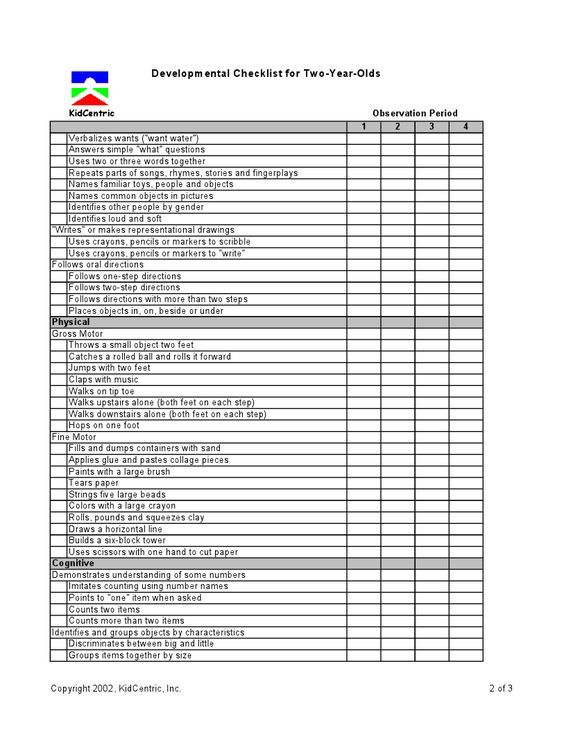 Additionally, when we are self-aware, we can accurately (and confidently) identify the things we’re good at and the things we need to work on.
Additionally, when we are self-aware, we can accurately (and confidently) identify the things we’re good at and the things we need to work on.
- How am I feeling right now?
- Why am I feeling this way?
- What am I thinking?
- What’s causing me to think this way?
- How can I express my thoughts and feelings appropriately?
- What are my strengths?
- What are my limitations?
Social Awareness
Social awareness is our ability to empathize with others and see things from their perspective, even if they are from different cultures or have different backgrounds.
When we’re socially aware, we understand social and ethical norms for how to behave and carry ourselves accordingly.
- How can I better understand someone else’s thoughts and feelings?
- How can I better understand why other people think and feel the way they do?
Related Article: Teaching Children About Tolerance and Diversity
Responsible Decision Making
When we engage in responsible decision-making, we take actions that follow the rules, protect our safety and the safety of others, show respect for ourselves and others, and we show good character.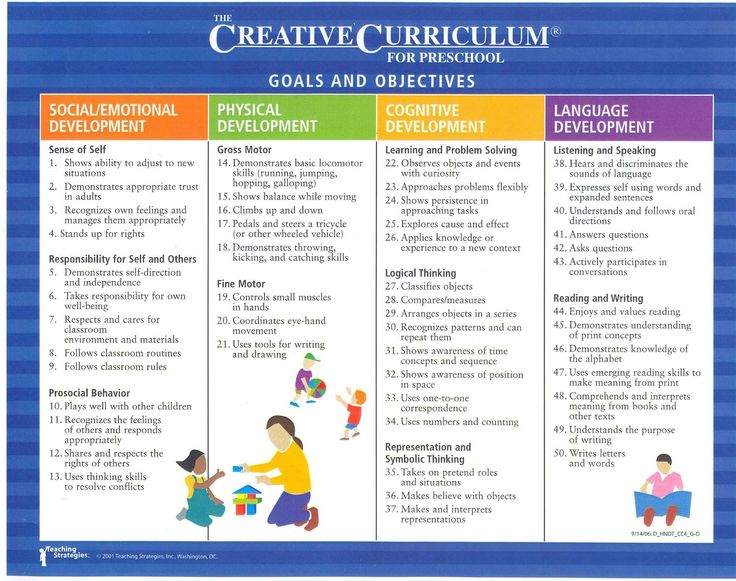
- What are the possible consequences that my actions will have on me and others?
- Are my actions in line with my values and beliefs? Explain
- How can I solve problems creatively?
- Did I consider all possible options? Explain
Related Article: Teaching Children to be Good Decision Makers
Relationship Skills
Having relationship skills means that we are able to make and keep healthy relationships with others, even when they are from different backgrounds or cultures.
We can express ourselves, listen to others, ask for and offer help when needed, resist peer pressure, and resolve conflicts in appropriate ways.
- How can I show genuine interest in this person right now?
- What changes can I make in order to improve how I interact with different people?
- How can I tell other people what I need and want in an appropriate way?
Below are the social emotional developmental checklists.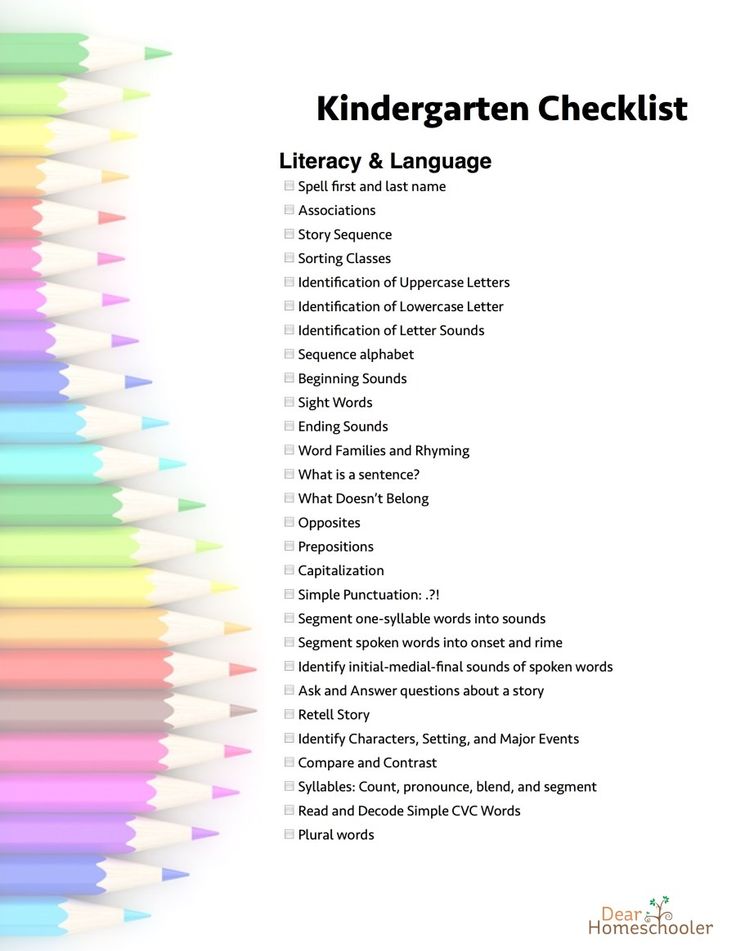 These checklists are free to download when you sign up for our monthly newsletter, the Social Emotional Tool Box.
These checklists are free to download when you sign up for our monthly newsletter, the Social Emotional Tool Box.
When you sign up here for the newsletter, you also gain VIP access to our library of free social emotional learning resources.
I hope you find these social emotional developmental checklists helpful. If you have any questions, feel free to email me at [email protected]
Sources
Bradberry, T., & Greaves, J. (n.d.). Emotional intelligence 2.0
http://www.cdc.gov/ncbddd/actearly/milestones/index.html
https://www.psychologytoday.com/blog/great-kids-great-parents/201211/self-awareness
http://www.zerotothree.org/child-development/social-emotional-development/social-emotional-development.html
http://www.pbs.org/parents/childdevelopmenttracker/three/socialandemotionalgrowth.html
http://psychology.about.com/od/early-child-development/a/social-and-emotional-milestones.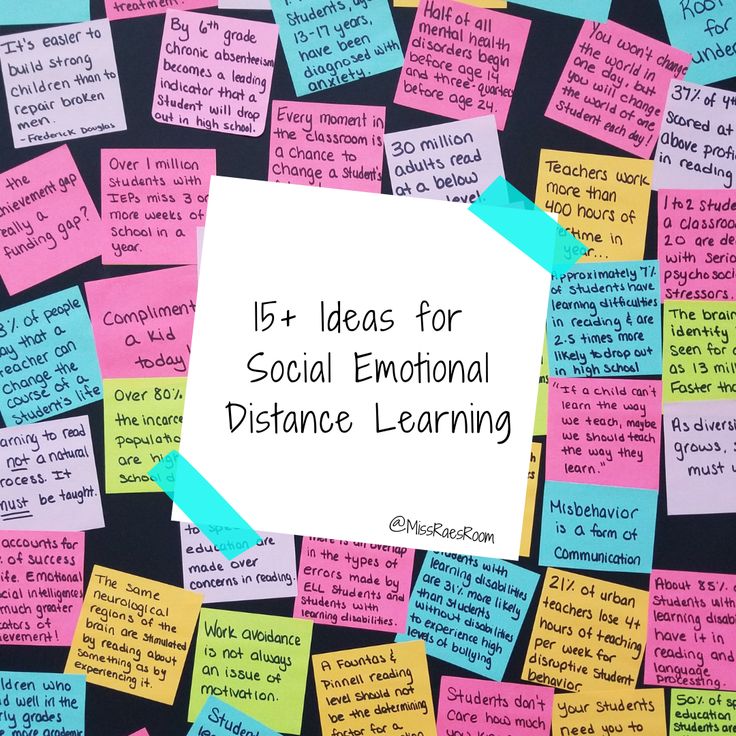 htm
htm
Kindergarten readiness: Social and emotional development
Carrie Shrier, Michigan State University Extension -
The National Education Goals Panel has identified five essential areas of school readiness. This is the first of five articles exploring these critical skills children need to be Kindergarten ready.
Children's emotional and behavioral adjustment is important for their chances of early school success.Is my child ready for Kindergarten? What do they have to know to be successful? What can I do to help my child do well in school? Parents have a lot of questions and concerns about their child’s school readiness.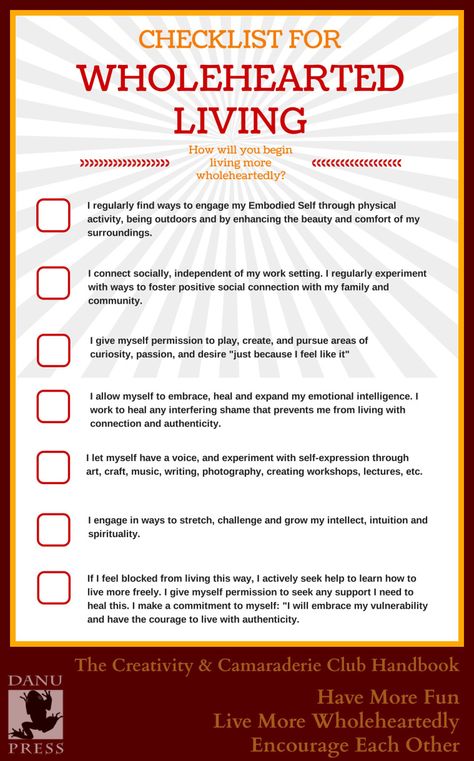 Michigan State University (MSU) Extension will be exploring the five essential areas of school readiness, as identified by the National Education Goals Panel, in a series of articles.
Michigan State University (MSU) Extension will be exploring the five essential areas of school readiness, as identified by the National Education Goals Panel, in a series of articles.
The five essential areas of school readiness are: social and emotional development; approaches to learning; language and literacy; cognition and general knowledge; and physical development and health. This first article will focus on social and emotional development.
When “school readiness” is discussed, many people think of children learning their ABCs and 123s, colors, shapes and other traditional academic skills. However, as Dr. Barbara Smith from the University of Colorado- Denver stated in the article “Linking Social Development and Behavior to School Readiness,” the last two decades of research have made it unequivocally clear that children’s emotional and behavioral adjustment is also important for their chances of early school success.
What is social and emotional development? Great Start has defined social and emotional health as “a young child’s growing capacity to form close personal relationships with other people, especially parents and caregivers; express and manage emotions; and to explore new environments. ” These skills include enjoying interactions with others, making and keeping friends, appropriately expressing a wide variety of emotions, calming down when upset without hurting others, being curious about the people and things around him or her, and liking to discover new things.
” These skills include enjoying interactions with others, making and keeping friends, appropriately expressing a wide variety of emotions, calming down when upset without hurting others, being curious about the people and things around him or her, and liking to discover new things.
Research shows the link between social and emotional skills and school success is so strong, it is a greater predictor of childrens’ academic performance in the first grade than their familial background and their cognitive abilities. Why is this link so strong? Simply put, we know that learning is a social process. Children cannot learn when they are struggling to follow directions, get along with their peers and control their emotions in a classroom setting. When children struggle with these skills, they are more likely to have social troubles at school, resorting to inappropriate expressions of frustrations such as hitting, biting and screaming. The study, “The scientific base linking social and emotional learning to school success” by Zins, Bloodworth, Weissberg and Walber, has proven the link not only between social and emotional competence and school success, but also between antisocial behavior and poor academic behavior.
The key social and emotional skills identified for school success, as outlined in Dr. Smith’s article, are:
- Getting along with others (parents, teachers and peers)
- Following directions
- Identifying and regulating one’s emotions and behavior
- Thinking of appropriate solutions to conflict
- Persisting on task
- Engaging in social conversation and cooperative play
- Correctly interpreting other’s behavior and emotions
- Feeling good about oneself and others.
Although many people think of school readiness as academic preparedness, MSU Extension recommends parents look differently at what it means to be ready. School readiness skills most directly associated with academic success are often referred to as “social and emotional health” skills. Research shows high quality pre-school programs provide one the best opportunity to prepare your child for Kindergarten and their academic career.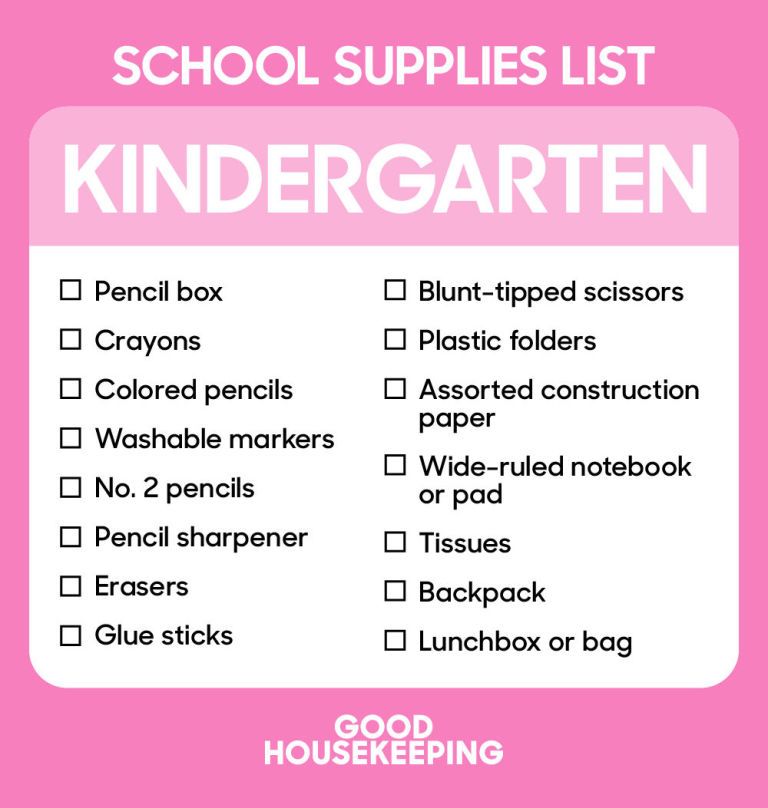
It is important for parents to be aware that Michigan has only one requirement for Kindergarten entry: children must be five years old on or before the cut-off date of September 1. For many years in our state, all children with birthdays on or before December 1 of that year were eligible to attend Kindergarten. This cut-off date was historically later than most other states. Michigan law was changed, gradually phasing in an earlier cut-off date and bringing Michigan more in-line with other states. An "early entry" or waiver option remains available for children with birthdays between September 1st and December 1st.
For questions regarding your child’s enrollment in Kindergarten and their individual readiness, contact your local school district. More information about early childhood education and the early learning framework can be found at the National Head Start website.
This article was published by Michigan State University Extension. For more information, visit https://extension.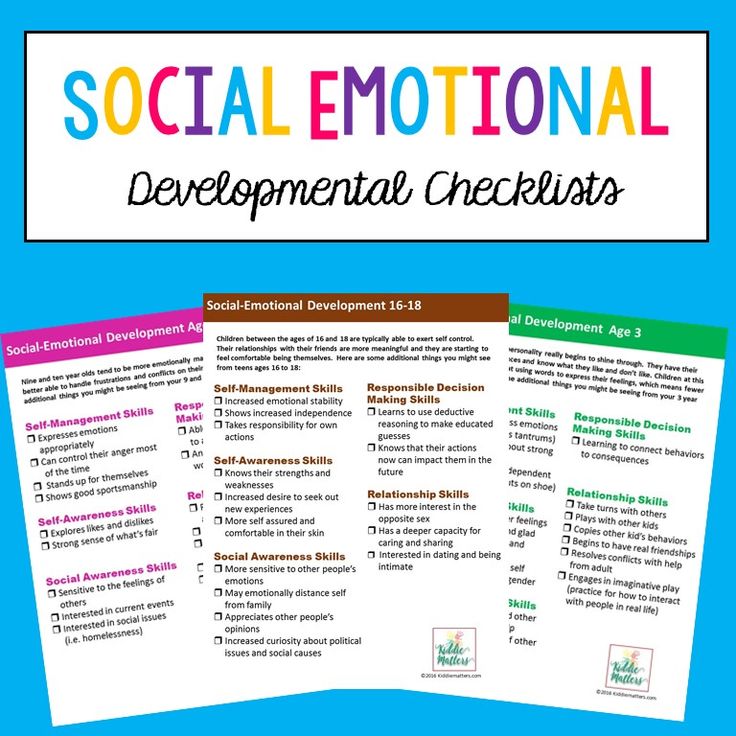 msu.edu. To have a digest of information delivered straight to your email inbox, visit https://extension.msu.edu/newsletters. To contact an expert in your area, visit https://extension.msu.edu/experts, or call 888-MSUE4MI (888-678-3464).
msu.edu. To have a digest of information delivered straight to your email inbox, visit https://extension.msu.edu/newsletters. To contact an expert in your area, visit https://extension.msu.edu/experts, or call 888-MSUE4MI (888-678-3464).
Did you find this article useful?
You Might Also Be Interested In
Socio-emotional development of a young child during his adaptation in a preschool institution | Pedagogical experience
Social and emotional development young child during its adaptation in a preschool institution
Author: Sukhanova Ekaterina Nikolaevna
Organization: GBOU Moscow "School No. 1155"
1155"
Settlement: Moscow
Changes in family relations are observed all over the world. The institution of the family is losing its leading social role. The famous domestic scientist I.V. Bestuzhev-Lada stressed that society is facing the emergence of new forms of social interaction between the sexes and the status of marital relations. If the microclimate of the family and the state of mind of adults do not provide the child with emotional well-being and the joy of childhood, then in the conditions of public education, the baby must “get more” of them.
For many years, preschool education in Russia has been focused on ensuring the cognitive development of children. However, the purpose of preschool age is not so much in the child's mastery of knowledge, but in the formation of the basic properties of his personality: self-assessment of the "image" of "I", the emotional-need sphere, moral values, meanings and attitudes, as well as socio-psychological characteristics in the system of relations with others.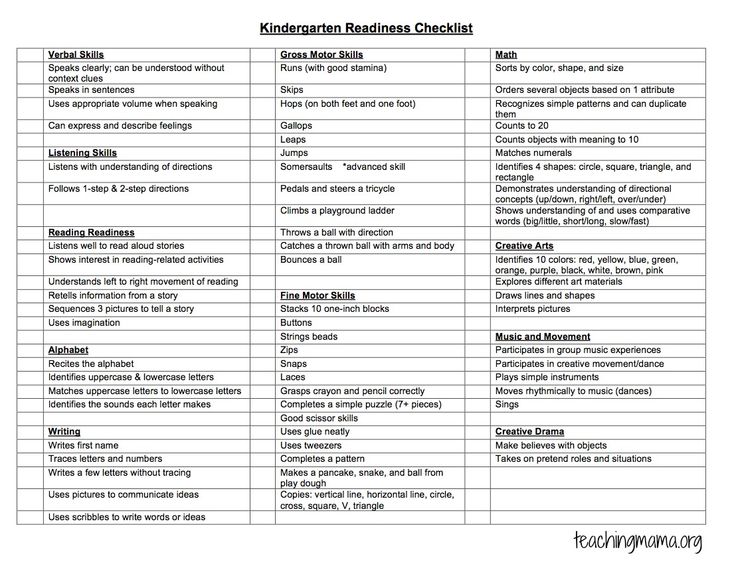 people. Each
people. Each
of the designated areas of development has been reflected
in domestic child and social psychology in the works of such prominent scientists as L.S. Vygotsky, A.N. Leontiev, A.V. Zaporozhets, D.B. Elkonin, M.I. Lisina, L.I. Bazhovich, as well as their students
and followers.
The main criteria for the socio-emotional development of a young child is the formation of communication skills with peers and adults, his emotional balance, sufficient autonomy, the ability for elementary self-service, the availability of adequate behavior skills, emotional responsiveness
and emotional upsurge.
Psychologists have defined and classified emotions. It is known that people distinguish six basic emotions - joy, sadness, anger, surprise, disgust and fear. Studies have shown that each emotion has its own facial expression, but some are easier to recognize, others are more difficult. So, for example, joy is more easily recognized by facial expression than anger and fear.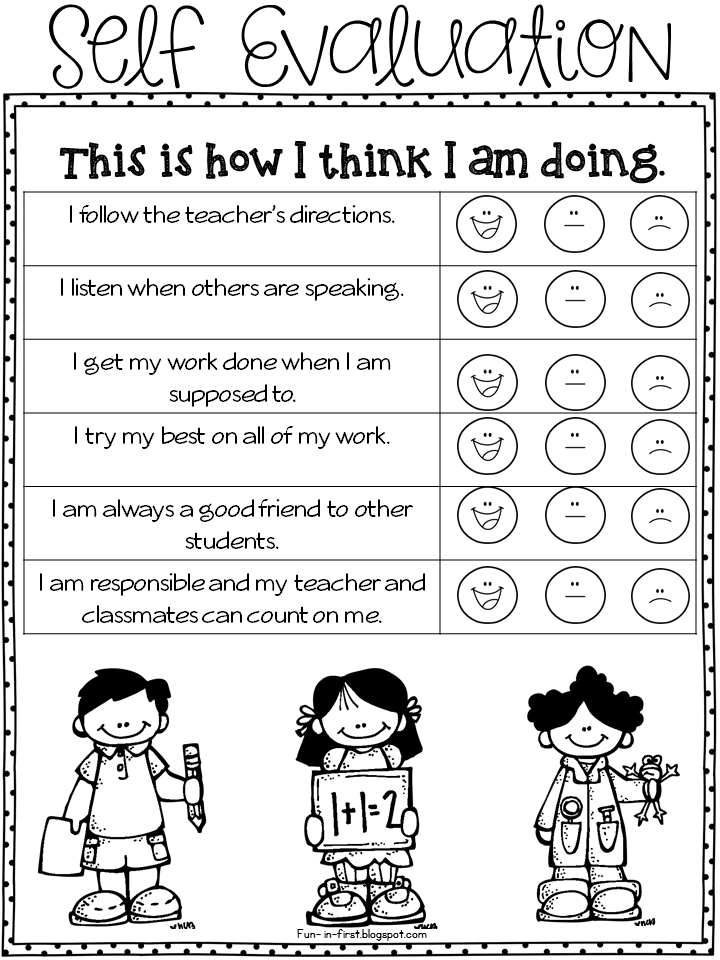 The ability or ability to correctly recognize the emotional state of another person is an important factor in forming relationships with people. This ability, being strengthened during childhood, leads in the future to an adequate perception of another person. The social development of the child is greatly influenced by the atmosphere in the family, the position of the child
The ability or ability to correctly recognize the emotional state of another person is an important factor in forming relationships with people. This ability, being strengthened during childhood, leads in the future to an adequate perception of another person. The social development of the child is greatly influenced by the atmosphere in the family, the position of the child
in family structure, parenting style.
Observing the behavior of kids, talking with parents on the issues of education, it was found that in families there are 3 styles of education: authoritarian, permissive and built on the authority of parents. Authoritarian parents are supporters of obedience, forceful methods of influence, submission, and restriction of freedom. They
control the child in everything, use disciplinary measures. Children of such parents are most often closed, feel rejected, they experience anxiety and fear, are prone to rapid mood swings, and are often aggressive.
With a permissive-permissive style of upbringing, parents
do not restrain their children in any of their manifestations and actions,
do not try to limit their behavior. Some parents love their children very much and that is why they are not denied anything. Children of such parents are real "robbers", they are spoiled beyond measure, impulsive, aggressive, their behavior is absurd. They are able to achieve what they want with screams, tantrums, emotional
Some parents love their children very much and that is why they are not denied anything. Children of such parents are real "robbers", they are spoiled beyond measure, impulsive, aggressive, their behavior is absurd. They are able to achieve what they want with screams, tantrums, emotional
and behavioral "blackmail". A minimum of discipline in the family often leads to
to social aggression.
Parenting style is characterized by the fact that parents direct and control the activities of their children, using discussion, persuasion, reinforcement. Such parents know the needs and interests of the child. Children of such parents can be called well socially adapted. With parents whose families are dominated by authoritarian and permissive styles of upbringing, I conduct mini-consultations at which we solve pedagogical situations together, I suggest reading articles from the journals "Preschool Education" and "Preschool Education" about the importance of interaction between parents and children, about possible consequences.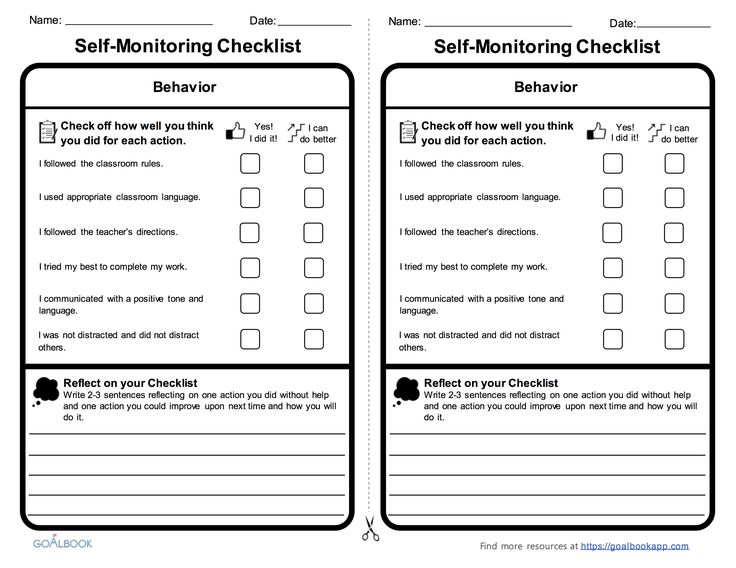
The parents' meeting on the topic "The role of family relations in the social and emotional development of the child" was interesting and meaningful. In the course of a joint discussion, adults gave a definition of what “family relations” are, discussed the proposed family situation (an excerpt from the literary text of M. Sholokhov). Moms and dads chose the most effective, conflict-free way to respond to the behavior of a child, one of the spouses in the most typical life situations. I would like to note that for all the time of my teaching practice, I try to adhere to the “democratic” style of communication in interaction with children. I try to pay attention0013 not only on the effectiveness of the learning process, on maintaining proper order and discipline, but also on educating children of certain moral qualities and character traits, I make every effort to create conditions for the formation of a positive emotional microclimate of the group. The guys constantly observe and copy the attitudes, behavior of
and the activities of the adults around him. It is enough to observe
It is enough to observe
the behavior of the child, his play, relationships with peers, in order to determine the style of interaction between the teacher and the children. I often “see” myself
in the gestures and movements of his charges, emerging role-playing games, replicas, phrasal speech. It's nice to see calm, sensible, business-like guys, and sometimes angry ones, shaking their fingers. Well, why is
not an indicator of activity?
I have prepared a forward planning for this issue for young children. I pay attention to issues of social and emotional development during my day - this is activity in sensitive moments, and in organized activities, and in free play.
In my work I try to use a variety of techniques and means to contribute to the adequate social development of the baby. One of the main concepts is "discipline". Discipline is a process of learning, education, i.e. the means by which socialization is carried out. I see the purpose of discipline in directing the action of the child, and not in punishing for a mistake, in forming such ethical and moral norms that correspond to the standards and rules established in a given society.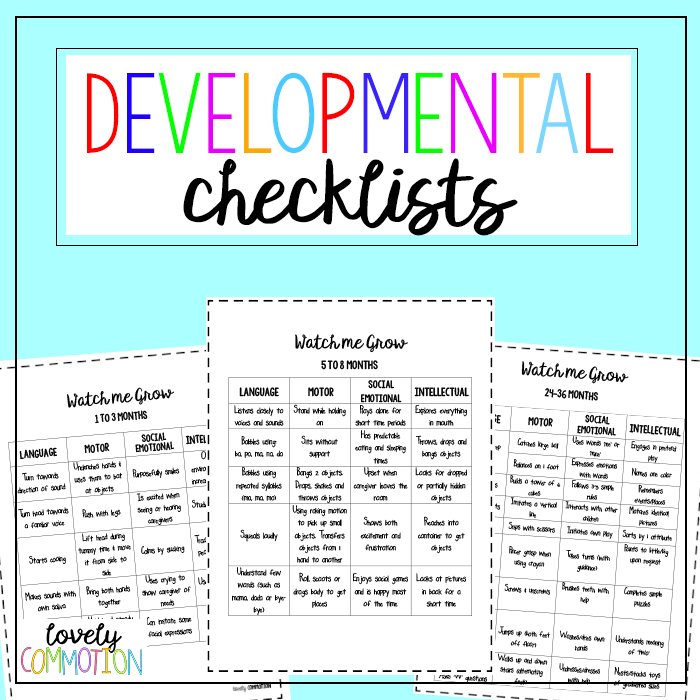 Since the child's arrival
Since the child's arrival
in a preschool I try to develop his interest, trust, sympathy for adults and peers. I develop the ability to see various emotional states of adults and children (joy, sadness, anger), their skills and express sympathy (regret, help). I form an idea of what is good and what is bad, what can be done (pity the other person if he feels bad, hurt, comfort the offended, etc.), and what cannot be done (fight, take away the toy, say bad words, etc. .). I develop the desire to listen and hear an adult, to attract attention
to yourself, ask a question, fulfill a request, order, listen to advice. I form elementary ways of communication: to greet kindly, to respond to the greeting of another person, to politely express my request, to thank. I bring up a benevolent attitude towards the activities of a peer, develop a desire to do some business (playing, looking at books, drawing, etc.) next to and together with other children, I encourage kids to interact. I believe that acquaintance with the concepts of the norms of disciplined behavior can occur only if certain conditions are met: the presence of trust between adults
and a child; systematic, not temporary manifestation of discipline, the learning process is based on encouragement.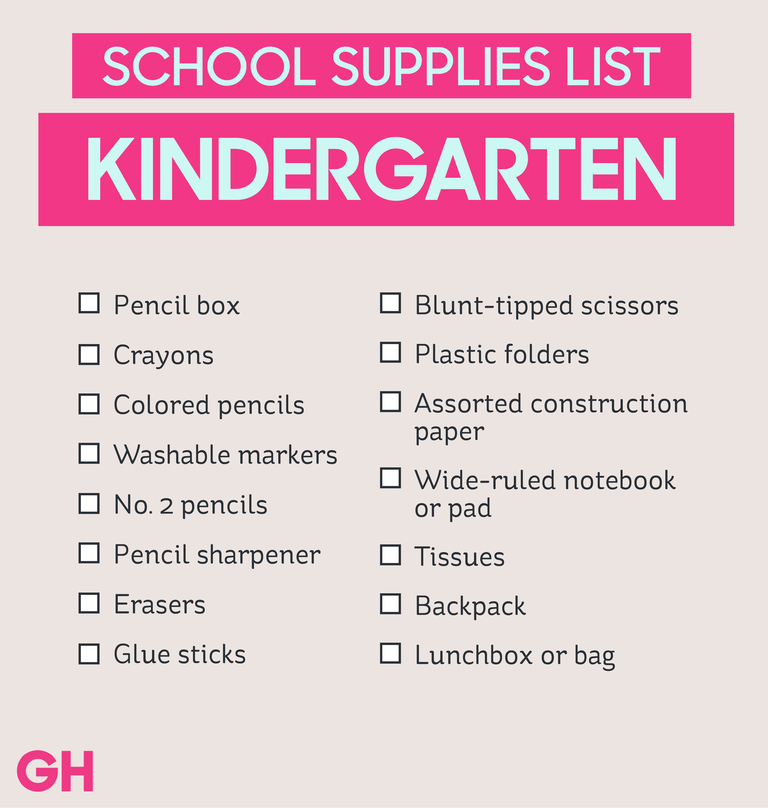
One of the indicators of such activities is the successful adaptation of the child in a preschool institution. After a two-week period, 70% of children come for a full day of stay in a preschool institution. The adaptation of the child can be assessed by the following indicators: sleep, appetite, activity in games and direct educational activities, relationships with adults, speech activity, mood of children. Each child has a check - sheet, where the level of adaptation was recorded. 64% of children adapted at a high level, 33% - at an average level, 3% - at a low level. A survey of parents showed that the vast majority of kids go to preschool
with desire and good mood, and some parents have a problem returning home.
Another, no less important indicator is interaction with adults: educators, junior educators, music director, physical education instructor. Children fruitfully act under the guidance of an adult or with him, use his help. They begin to express the request in words, addressing another person, calling him by his first name or first name and patronymic.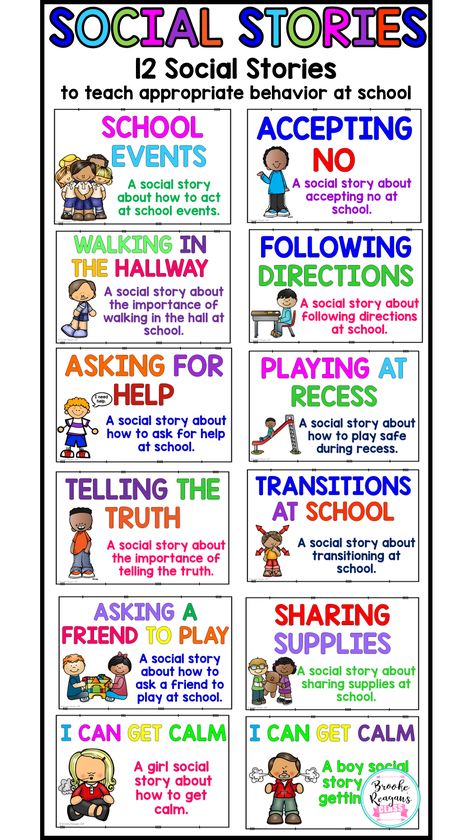
And finally, most children begin to show attempts to contact their peers, they can listen to their partner, observe his actions
and show him signs of a friendly or judgmental attitude,
as well as perform certain activities together.
Published: 11/15/2021
Methodology for the development of social intelligence of preschoolers by means of dramatization and subsequent animation
The main pedagogical value of animation and theatricalization as types of contemporary art lies, first of all, in the possibility of integrative development of the individual. In theatrical activity, the child is liberated, conveys his creative ideas, receives satisfaction from the activity. Theatrical activity contributes to the disclosure of the personality of the child, his individuality, creativity. The child has the opportunity to express their feelings, experiences, emotions, to resolve their internal conflicts.
Animation helps to bring the interests of an adult and a child as close as possible, being distinguished by the accessibility and originality of the genre.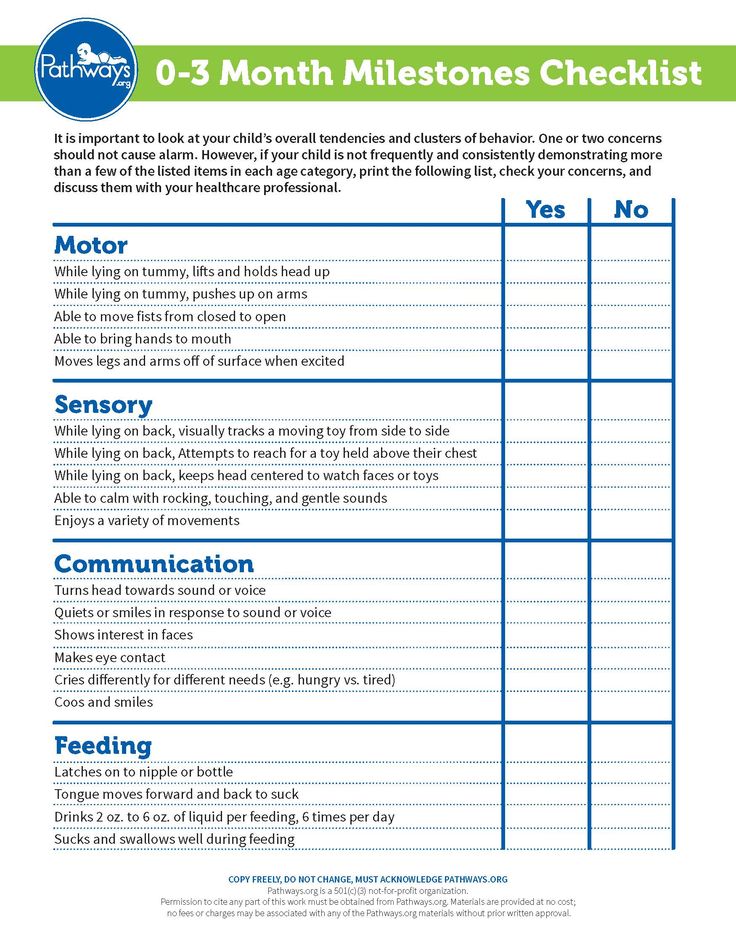 It can help make learning fun for preschoolers. The positive impact of animation can be an excellent educational tool for the emancipation of thinking, the development of speech and creativity. Children value their drawings very much, because they put a piece of themselves into each of them, showing creativity. You can make children's drawings come to life, move and take on a life of their own. Many psychologists confirm that animation is a great way to discover creative inclinations in young talents, develop communication skills and leadership skills.
It can help make learning fun for preschoolers. The positive impact of animation can be an excellent educational tool for the emancipation of thinking, the development of speech and creativity. Children value their drawings very much, because they put a piece of themselves into each of them, showing creativity. You can make children's drawings come to life, move and take on a life of their own. Many psychologists confirm that animation is a great way to discover creative inclinations in young talents, develop communication skills and leadership skills.
The novelty of the technique. Allows you to integrate a variety of arts (literary, theatrical, visual arts), combine innovative and original techniques of play-dramatization, fine and arts and crafts, and animation cartoon techniques.
Purpose: creation of conditions for the formation of social and communication skills of a preschooler in theatrical and animation activities.
Tasks:
- To expand children's ideas about the theater, its types, attributes, costumes, scenery, about people who work in the theater, about artists; show the importance and necessity of each profession in the theater.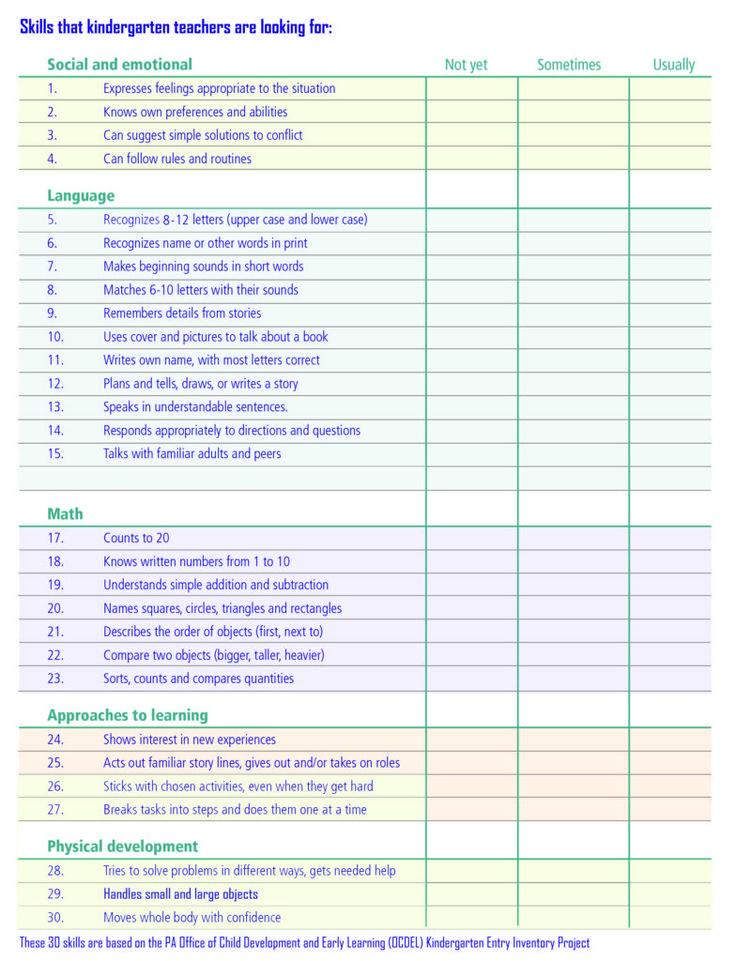
- To expand children's ideas about animation, about people who work on creating animated films.
- To promote the development of children's creative activity, emotionality and expressiveness in speech and movements.
- Create conditions for organizing joint activities of children and adults aimed at bringing children, parents and teachers of preschool educational institutions closer together.
- To instill in children primary skills in the field of theatrical art (use of facial expressions, gestures, voice).
- To create conditions for increasing the motivation of older preschoolers for educational activities, in joint activities and in GCD in modeling, drawing, and appliqué.
- Create conditions for the development of social and emotional intelligence, emotional responsiveness, empathy, the formation of readiness for joint activities with peers, the formation of a respectful attitude towards each other.
Expected results. The collective nature of theatrical and animated activities will expand and enrich the experience of children's cooperation in both real and imaginary situations, which will contribute to the formation of positive relationships between children and adults in the process of joint activities. Also, in the process of implementing the methodology, a culture of cognition of adults and children (emotional states, personal qualities, assessment of actions, etc.), self-respect and a conscious attitude to one’s activities in a child, ethically valuable ways of communicating in accordance with the norms and rules of life in society.
The collective nature of theatrical and animated activities will expand and enrich the experience of children's cooperation in both real and imaginary situations, which will contribute to the formation of positive relationships between children and adults in the process of joint activities. Also, in the process of implementing the methodology, a culture of cognition of adults and children (emotional states, personal qualities, assessment of actions, etc.), self-respect and a conscious attitude to one’s activities in a child, ethically valuable ways of communicating in accordance with the norms and rules of life in society.
Action algorithm for dramatization and subsequent animation (does not include preparatory, diagnostic work).
1. Search for an idea for a future plot.
2. Writing a script. (The script should consist of the following parts: Intro. Development of the action. Climax. Decoupling.)
3. Distribution of roles.
4.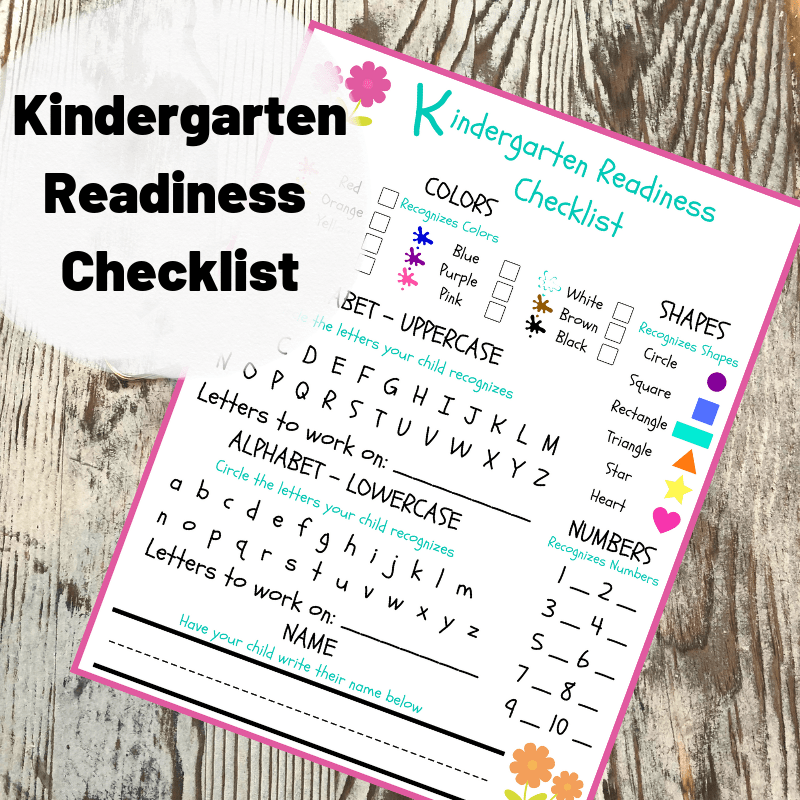 Production of scenery and costumes.
Production of scenery and costumes.
5. Preparation and holding of the performance itself.
6. Performance on stage.
7. Development and production of characters for animation.
8. Film animation.
9. Film sound design.
10. Film editing.
11. Joint viewing of the film, its discussion and analysis.
The process of dramatization and creation of an animated film based on one plot is a joint work of all participants in the educational process: educators, children, parents and other specialists of a preschool institution, which includes several stages.
1. Creation of the acting school
- Development of the plot. Children are the main generators of ideas. The themes of the plots of future performances and cartoons are taken from reading works of fiction, watching feature films and animated films.
The teacher makes children interested in the content of the work that will be used for staging, expressively performs it.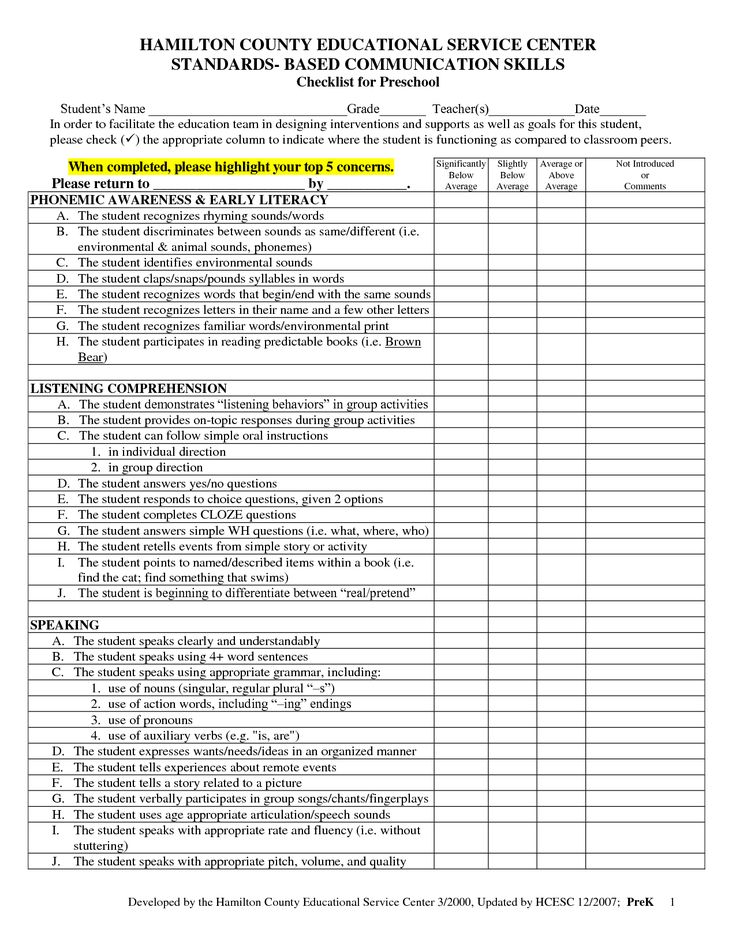
Introduction to the script.
- Distribution of roles. In the beginning, fragments from fairy tales can be used as exercises. For example, children are invited to pronounce a phrase in the voice of Thumbelina or the Prince, to communicate with Thumbelina, like a toad, like a mole, like a swallow or like a mouse, etc.
After the distribution and acceptance of roles, the teacher encourages children to fantasize about the appearance of the characters, their behavior, attitudes towards other characters, etc., to lead to the fact that each image should be unique.
- Charging for actors.
Exercise "Bad Wolf"
Yoga theater is a unique combination of ancient yoga practice, fascinating fairy tale, dramaturgy and improvisation. Each yoga theater class is not a training, but an exciting journey into the world of nature; every move is a fun game. “Cat. Wood. Mountain. Dog."
Breathing exercises. Everyone knows that breathing is life! In order for children to be healthy, active and energetic, it is necessary to instill in them the habit of breathing correctly from childhood! In order for the child to be interested in doing the exercises, we suggest turning them into a fun game! And then breathing exercises will become a pleasant pastime for the child, to which he himself will strive!
Windball game
Articulation gymnastics. A person is not born with the ability to speak, let alone do it correctly and clearly. If a child has problems with the pronunciation of individual sounds, articulation gymnastics can help him. This is a set of exercises aimed at correcting these difficulties
A person is not born with the ability to speak, let alone do it correctly and clearly. If a child has problems with the pronunciation of individual sounds, articulation gymnastics can help him. This is a set of exercises aimed at correcting these difficulties
Exercise "My merry sonorous ball"
Exercises for the vocal cords and for diction. Exercise "I say a tongue twister, stomp my feet and ring maracas."
Compositional and pantomime studies. Etude "Flower"
Logorhythm. A system of exercises, tasks, games based on a combination of music, movement, words, a method of speech therapy work on the development of a child's speech. Its goal is to solve correctional, educational and recreational tasks. Exercise "I catch the balance to the music and tell a pure phrase."
Neurodynamic gymnastics. A technique based on the use of body-oriented practices was developed to help “wake up” those parts of the brain that do not work at full capacity.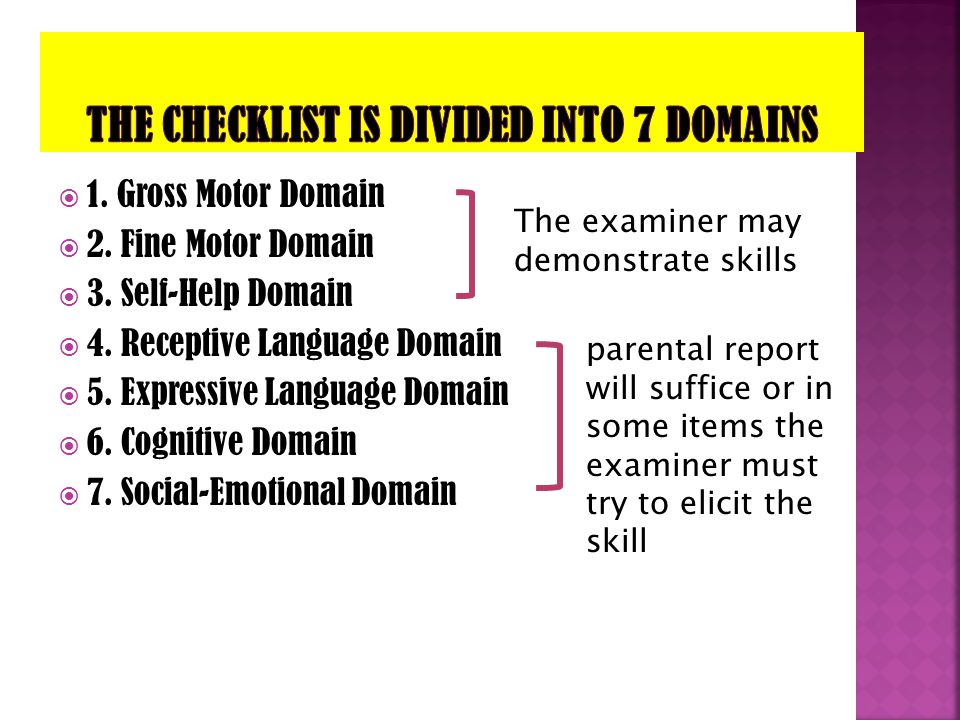 The technique proved to be very effective. Today we call it neurogymnastics. Exercise “Dennison Hooks”
The technique proved to be very effective. Today we call it neurogymnastics. Exercise “Dennison Hooks”
- Work on the production of
Interaction in dialogs and mass scenes
Interaction with sound background, scenery, attributes
Combination
2. Establishment of the "Young Animator" school
- Work on the study of the animation process. When it was decided to create a cartoon based on the plot of the staged performance, together with the children we studied the very profession of an animator. At this stage, the cognitive interest of children manifested itself, they independently and with the help of an adult studied the professions of an animator, screenwriter, production designer, and also learned a lot about the creation of the cartoon itself.
- Selection of music for the future cartoon. Music allows you to create more vivid images, maintain a positive emotional state of children during work, and concentrate attention.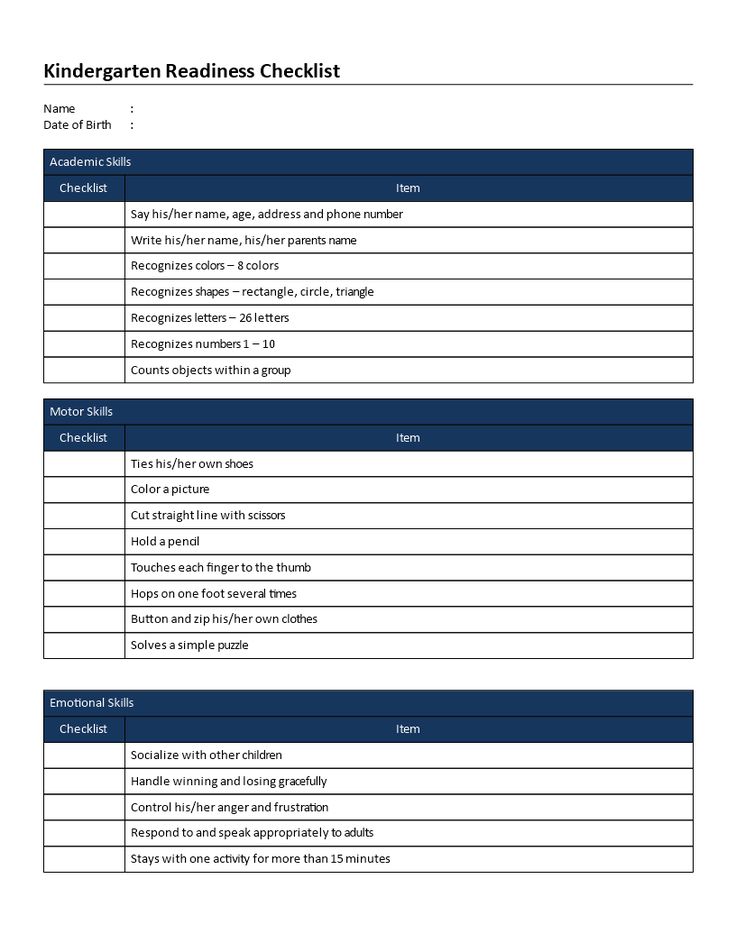 It was important to choose such music together with the children so that it creates a certain mood, an emotional vision of the heroes of the fairy tale.
It was important to choose such music together with the children so that it creates a certain mood, an emotional vision of the heroes of the fairy tale.
- Charging for animators
- Using the game set "Froebel's Gifts" for artistic and aesthetic development. Composition "Fantastic plots from geometric shapes"
- The use of the Sand-Art method for the artistic, creative and emotional development of the child in the visual activity.
Joint work "Sea Tale"
- Development of tactile sensations. Use of the game "Lotoshka"
- Use of TRIZ technologies for the development of creative potential. Exercise "Composing a Fairy Tale"
- Drawing cartoon characters. Each child made a decision which character he would draw. The children and I discussed each fairy-tale hero, character.
We draw the characters of the cartoon "Thumbelina"
- Making the cartoon itself. The action unfolded on a horizontal plane, a tripod with a camera was installed with the lens down, static pictures were taken - photographs.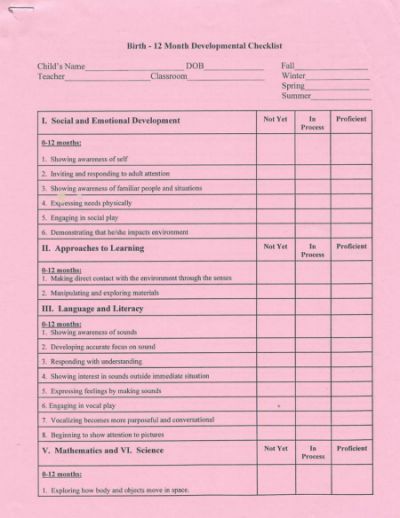
Shooting of the cartoon "Thumbelina"
- Editing of the cartoon. This, of course, is the work of an adult. The photographs taken were transferred to a computer. After all the characters were entered into the computer, the scoring of the cartoon itself began (the creative preparation of which was carried out during theatrical activities), we placed pictures, musical accompaniment, voice recordings in the layout program, and edited the cartoon itself.
- Watching a cartoon. Viewing the cartoon itself plays a huge role. It is important to immediately show the finished cartoon to children. Then the technological chain of film creation will be clearer to them, and when shooting a new cartoon, they will approach the process more consciously. When children watch homemade cartoons, see their drawn characters who speak in their voices, they are happy with the result and are proud of their participation in the creation of the film, they are happy to show it to their parents, saying how they made it.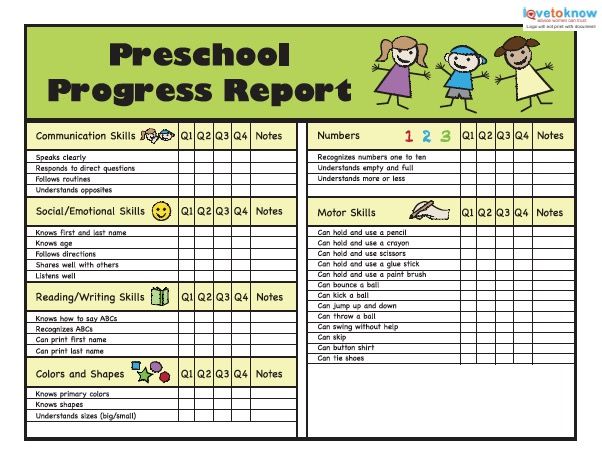
All children who took part in dramatization and animation showed positive dynamics in development according to the following indicators:
- stabilization of the emotional-volitional sphere;
- increase in the level of speech activity;
- strengthening the functions of attention, memory;
- improving the work of fine motor skills of the hands;
- mastering the ways of constructive interaction, development of communicative qualities;
- increased awareness and, as a result, self-esteem.
We believe that the method described above solves the problems of social and communicative development of a preschool child.
Literature:
1. Antipina E. A. Theatrical activity in kindergarten [Text]: Games, exercises, scenarios / E. A. Antipina. - M., 2003. - 123 p.
2. Artemova JI. B. Theatrical games in kindergarten [Text]: A guide for employees of preschool institutions. / L. V. Artemova. - M, 1998.